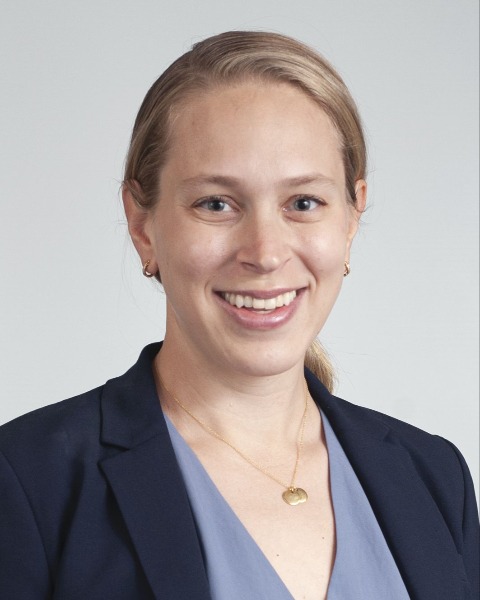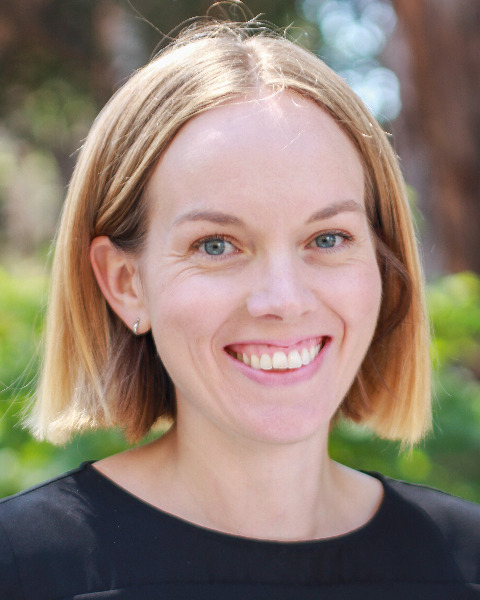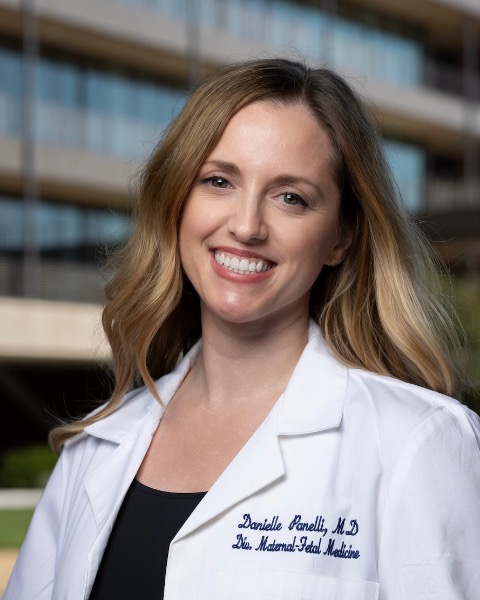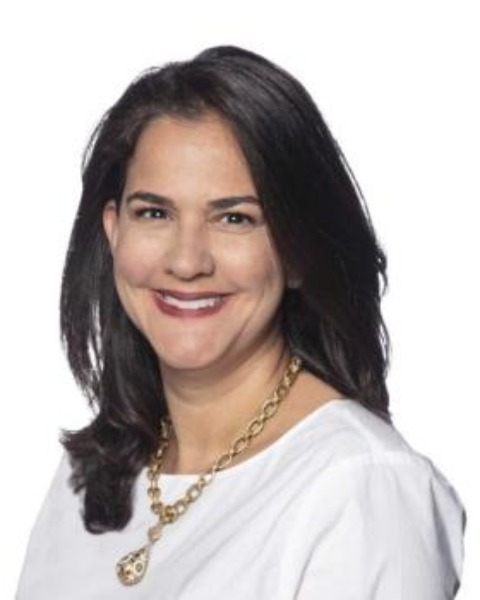Poster Session 4
(1133) The Association of Preconception Epigenetic Changes of Aging with Live Birth and Pregnancy Outcomes

Nicola C. Perlman, MD (she/her/hers)
Clinical Fellow in Maternal-Fetal Medicine
Stanford University
Palo Alto, CA, United States- JZ
Jiaqi Zhang, MS
Biostatistician
Stanford University
Palo Alto, California, United States - AC
Andrea Cipriano, PhD
INSTRUCTOR, OBSTETRICS & GYNECOLOGY - REPRODUCTIVE BIOLOGY
Stanford University
Stanford, California, United States 
Stephanie A. Leonard, PhD (she/her/hers)
Assistant Professor
Stanford University
Palo Alto, California, United States- XP
Xixi D. Plummer, MD, PhD
Clinical Fellow in Maternal-Fetal Medicine
Stanford University
Palo Alto, California, United States .jpg)
Samantha L. Kruger, MA, MD
Resident
Stanford University
Palo Alto, California, United States- AK
Arian Korshid, MD
Clinical Fellow
Stanford University
Stanford, California, United States - JH
Janet Hurtado, BA (she/her/hers)
Senior Clinical Research Coordinator
Stanford University
Palo Alto, CA, United States - VS
Vittorio Sebastiano, PhD
ASSOCIATE PROFESSOR (RESEARCH) OF OBSTETRICS AND GYNECOLOGY (REPRODUCTIVE AND STEM CELL BIOLOGY)
Stanford University
Stanford, California, United States 
Danielle M. Panelli, MD, MS (she/her/hers)
Instructor
Stanford University
Palo Alto, California, United States
Katherine Bianco, MD
Professor
Stanford University
Palo Alto, California, United States
Submitting Author and Presenting Author(s)
Coauthor(s)
Biologic age from epigenetic clocks has been used to predict diseases of aging such as cardiac disease, however its association with fertility and pregnancy complications is not known. We examined the relationship between biologic age and both live birth and pregnancy complications.
Study Design: This study analyzed biobanked serum samples of people desiring pregnancy from 2020-2023. Pregnancy outcomes were followed for 1-4 years after sample collection. Peripheral blood mononuclear cell DNA was extracted and >850,000 CpG methylation loci were interrogated. This allowed prediction of biologic age (bio-age) using the SkinBlood Clock, which had the highest validity in the cohort. The difference between chronological age (chrono-age, measured from birthdate) and bio-age was calculated (chrono-bio age difference); decelerated aging was defined if bio-age was less than chrono-age. A multivariable logistic regression was performed to test the association between the chrono-bio age difference and (1) live birth in the entire cohort, and (2) a composite of pregnancy complications related to aging (miscarriage/fetal demise, preterm labor/delivery, hypertensive disorders, gestational diabetes, or placental insufficiency) in a sub-cohort which achieved pregnancy.
Results:
Among 64 patients, the median chrono-age was 38.0 years (Q1-Q3 34.8-41.0), and bio-age was 35.8 (32.6-39.2). 46 patients achieved pregnancy; 38 (83%) had a live birth, and 23 (50%) had at least one pregnancy complication. Bio-ages differed between people with versus without a live birth (Table 1). When controlled for confounders, for every year that bio-age was less than chrono-age, there was a two-fold increased odds of live birth (aOR: 2.02; 1.20-4.11, Table2). There was no significant association between the chrono-bio age difference and the composite outcome of pregnancy complications.
Conclusion:
In this study, decelerated biologic aging was associated with higher rate of live birth. Robust studies are needed to understand ways to reverse biologic aging and use it to predict and optimize perinatal outcomes.

